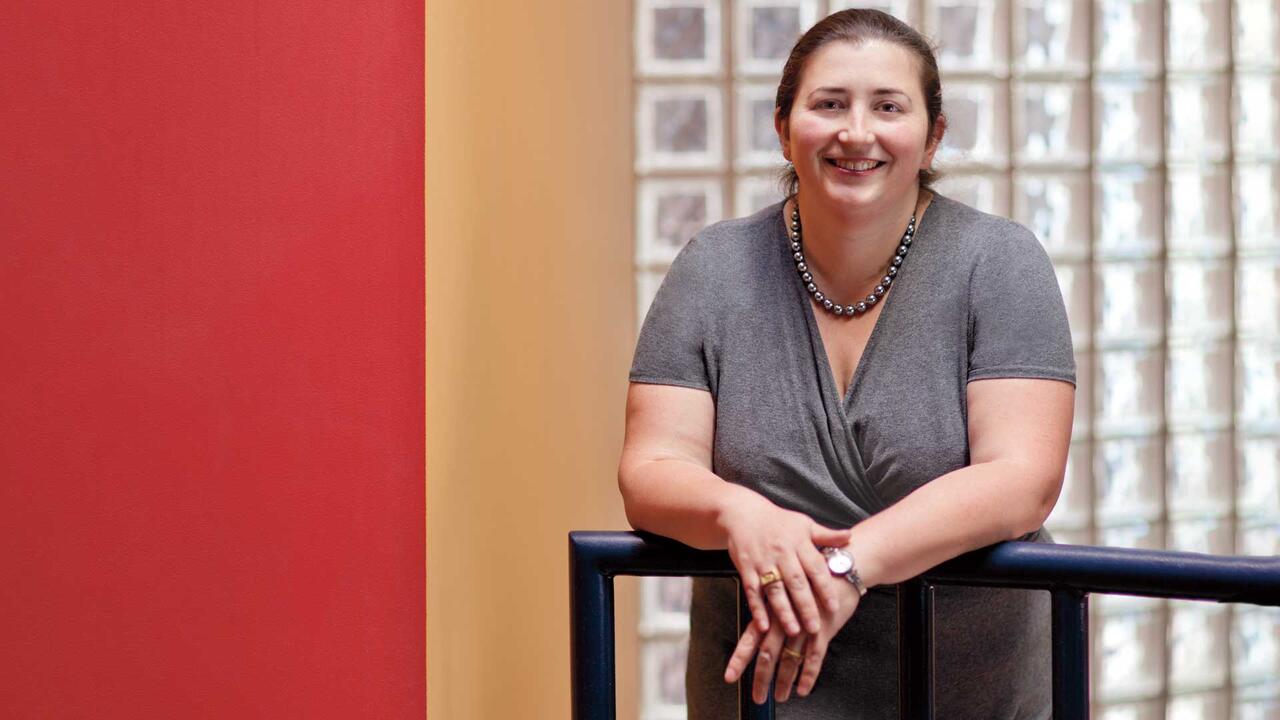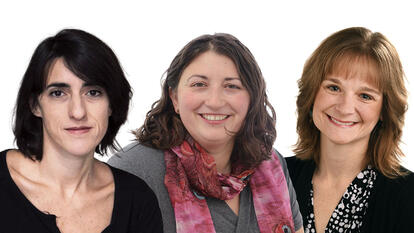Engineering Through a Screen

In mid-March, as the coronavirus raced throughout the United States, Amy Banzaert found herself in a race of her own: one against the clock as she rushed to transition her hands-on, project-based engineering course to a virtual format. Days before Wellesley announced classes would move online, Banzaert scrambled to build engineering kits that students could take with them when they left. Forgoing sleep, she spent late nights in her lab, grappling with seemingly impossible questions: Should she buy more equipment? If she did, would it arrive in time? How much could students transport? Was some equipment too dangerous to use unsupervised?
Ultimately, Banzaert decided to keep it simple (and skip the soldering tools), outfitting each kit with materials already in her lab: A LEGO robot controlled by an Arduino microcontroller, plus another system to model thermal dynamics. She also included lab printouts and basic supplies like scissors. “It was very unclear what was going to happen, and so I felt like I had to prepare for any reality, making very few assumptions about where my students would be ending up,” Banzaert explains.
Banzaert, the director of engineering studies, has been at Wellesley since 2012. “My role is to be the one faculty member who teaches engineering—it’s a pretty unique role that I adore,” she says. However, even her years of teaching experience could not have fully prepared her for teaching Fundamentals of Engineering remotely.
Transitioning entirely to Zoom, the course continued to meet for almost three hours two times a week. During each session, Banzaert briefly discussed key concepts covered in readings done before class—but rather than lecturing, she borrowed from existing online lectures from various sources, pausing to comment as needed. Her seven students then divided into “breakout rooms” to work through labs together. For example, during labs on how to maintain the temperature of a cup of coffee, students first used software to create a virtual model of the thermal system, and then used their kits to build and manipulate a physical model.
This is an excerpt from an article by Catherine Caruso ’10 that appears in the summer 2020 issue of “Wellesley” magazine. Read the full story on the “Wellesley” magazine website.

